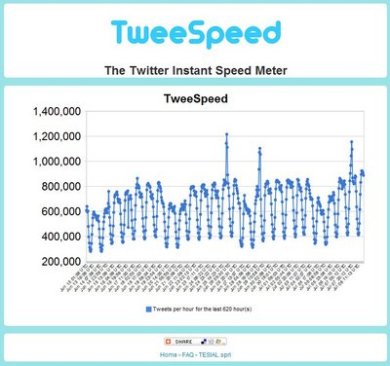Celebrities have become the glue of our social. In contemporary society, it is relatively impossible to turn on the television or pick up a newspaper without finding mention of some celebrity and his or her new deeds or misdeeds. This is because of the proliferation of media regarding celebrities. Celebrities are human pseudo-events (qtd. in Boorstin 720)
Living in globalization era, we can clearly see that celebrities now become a massive part of the social media. They also play important role of the whole social media network since they can easily connect with the public than before especially when Twitter becomes so much happening.
Based on David Marshall about the increasing trend that is blurring the lines between public and private self, a huge celebrity contribute to the social media is not necessarily leads to the good influence. Take for example Prince Harry case. ” Prince Harry’s privacy has been invaded. After choosing to show off the crown jewels to a bevy of frolicking maidens in Las Vegas, paparazzi took his naked photo and spread it globally. Besides those conventional photos, public are now get information about a video of his antics is being hawked around for the highest bidder.
So, there is a huge changing from the situation of NO mobile phone and internet can easily spread information globally to ALL media (social media, new media, etc), mobile phones, and other gadgets which support internet service can easily spread information globally and build the whole world knew about it.
Referencing Lists:
Express & Star 2012, Should The Sun have printed Prince Harry pics?, retrieved 4 September 2012 <http://www.expressandstar.com/lifestyle/blogs/2012/09/03/should-the-sun-have-printed-prince-harry-pics/?mh>
Deborah King Center 2011, The Impact Celebrities Have on Our Lives, retrieved 4 September 2012 <http://www.deborahkingcenter.com/resources/celebrities/>
Gregory, K 2008, Celebrities: Who They Are, How They Gain Popularity, and Why Society Is So Fascinated with Them and Their Court Cases, Eastern Michigan University Digital Commons @ EMU, retrieved 4 September 2012 <http://commons.emich.edu/cgi/viewcontent.cgi?article=1149&context=honors&sei-redir=1&referer=http%3A%2F%2Fwww.google.com.au%2Furl%3Fsa%3Dt%26rct%3Dj%26q%3Dthe%2520role%2520of%2520celebrities%2520in%2520society%26source%3Dweb%26cd%3D2%26ved%3D0CCgQFjAB%26url%3Dhttp%253A%252F%252Fcommons.emich.edu%252Fcgi%252Fviewcontent.cgi%253Farticle%253D1149%2526context%253Dhonors%26ei%3DsOFFUIOiE4qaiAf_tIGICQ%26usg%3DAFQjCNHI9bsTPJuoCSDci48ea8WWpvHrRA#search=%22role%20celebrities%20society%22>













